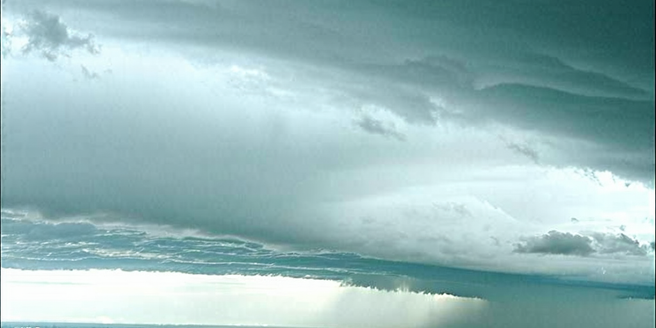
Defining Cold Fronts: What Are They?
A cold front is defined as the leading edge of a cooler mass of air, replacing at ground level a warmer mass of air. As it moves, it can bring dramatic temperature changes, as well as wind shifts and dry air. Cold fronts typically travel from northwest to southeast and can trigger a variety of weather phenomena. When cold fronts pass through an area, they can create a line of thunderstorms along the front. These fronts can vary in intensity and speed, which can influence the severity of weather conditions such as rain, snow, or sleet. Understanding the science behind these fronts can help meteorologists predict potential weather changes, thereby aiding in the dissemination of warnings to ensure public safety and minimal disruption.
How Cold Fronts Affect Weather Patterns
Cold fronts significantly influence weather patterns due to their ability to rapidly displace warm air masses. When a cold front moves into a region, it can cause a drop in temperatures, often accompanied by increased wind speeds and a noticeable shift in humidity levels. This displacement can lead to the development of clouds and precipitation, as the warm, moist air is lifted over the colder, denser air mass. As a result, areas may experience thunderstorms or heavy showers, and in colder seasons, snow. The passage of a cold front can also enhance local winds, leading to conditions such as gusty winds and turbulence. By causing such dynamic weather conditions, cold fronts play a crucial role in the formation and evolution of regional climate systems.
Recognizing Signs of an Approaching Cold Front
Recognizing the signs of an approaching cold front can aid in preparation and safety measures. Typically, as a cold front nears, one might observe a gradual increase in cloudiness, often starting with cirrus clouds that thicken to stratus and nimbostratus as the front advances. The air pressure tends to drop as the front draws closer, leading to changes in wind patterns. One might also notice a sudden drop in temperature as the front passes, coupled with varying precipitation such as rain or snow. Lightning and thunder are also potential indicators, especially if intense convection is present. Being aware of these signals allows individuals and communities to prepare adequately for abrupt weather changes, ensuring minimal impact on daily activities and safety.
Weather Changes Associated with Cold Fronts
The passage of a cold front brings about distinct weather changes that can be both abrupt and significant. Typically, a drop in temperature occurs, sometimes within minutes or hours, due to the replacement of warm air with considerably cooler air. This shift can provoke sudden gusts of wind, potentially leading to adverse conditions such as downbursts or turbulence. Rainfall is another common phenomenon associated with cold fronts, with showers or thunderstorms often developing as the front advances. The clearing skies that often follow a cold front may be accompanied by lower humidity and cooler, drier air. Understanding these changes is crucial for weather forecasting and preparedness, as they can affect travel, outdoor activities, and safety conditions.
Cold Fronts and Their Impact on Daily Life
Cold fronts can have a profound impact on daily life, influencing weather conditions that affect transportation, agriculture, and health. Sudden temperature drops can lead to increased energy consumption as heating systems become necessary. Timely weather forecasts can help individuals and businesses prepare for such changes. In agriculture, frost from an advancing cold front can damage crops, risking economic loss. High winds and precipitation associated with cold fronts can disrupt travel, leading to delayed flights and hazardous driving conditions. Health can also be impacted, as abrupt weather changes may exacerbate respiratory issues or lead to increased incidences of colds and flu. Awareness and understanding of cold fronts enable communities to plan and mitigate these impacts, ensuring safety and reducing potential disruptions to daily routines.
